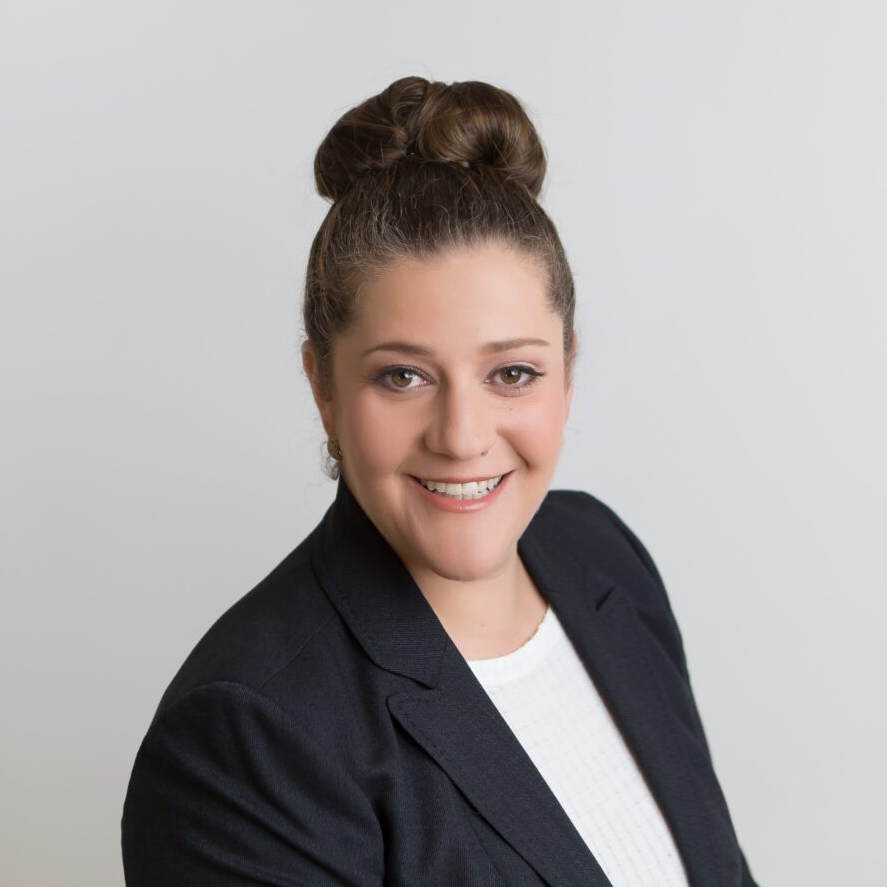Pharmaceutical and clinical research sponsors (clients) have long outsourced clinical development work, utilizing both full-service contract research organizations (CROs) and functional service provider (FSP) models. FSPs play a critical role in clinical research by offering tailored solutions to clients with diverse needs. In recent years, many clients have realized the benefits that narrower, functionally specific FSP models provide. These include increased operational and resourcing flexibility along with different pricing plans in comparison to traditional full-service CRO offerings.
However, domain knowledge, technical strengths, and technology aspects of these partnerships are not always enough to guarantee success.
Company culture can and does serve as a critical foundational element for effective collaboration, addressing challenges, and driving sustained achievements that allow clients to succeed at their research. A deliberate focus on culture—both within the FSP engagement and in alignment within sponsor organizations—can elevate partnerships from transactional relationships to transformative alliances.
This article explores the interplay of CRO, client, and FSP cultures, the role of intentionality in creating successful collaborations, and how these cultural dynamics result in long-term research and operational successes.

The client’s culture: The roadmap to success
Catalyst Flex emphasizes that understanding a client’s culture is a non-negotiable first step in forming a successful partnership. This cultural understanding serves as a roadmap that informs how FSPs interact with clients, communicate expectations, and align service delivery. For FSPs, culture influences every facet of its operations, from initial conversations to ongoing project management.
The importance of understanding a client’s corporate culture
Clients’ cultures vary widely, shaped by their size, operational maturity, and therapeutic focus. For instance, startups with minimal infrastructure may demand resource professionals capable of thriving in dynamic, less-structured environments. In contrast, larger, established organizations often prefer staff who excel in independent, process-oriented roles. By actively engaging with clients to assess these factors, an FSP should ensure a seamless cultural fit, setting the stage for efficient and productive collaborations.
Listening as a key to cultural alignment
A service provider should prioritize active listening during the early client engagement as well as during ongoing interactions throughout the engagement. phases. Active listening goes beyond passively hearing a client’s needs—it involves internalizing their goals, reflecting insights back to them, and adjusting approaches based on their feedback. This practice demonstrates commitment to building trust and understanding client priorities at a deeper level. It also sets a precedent for open communication throughout the partnership.
For instance, during intake discussions where clinical monitoring or project management roles are being considered, Catalyst enquires about aspects such as communication preferences, decision-making styles, and site-level operations. As an illustration, some clients require professional research resources adept at maintaining close relationships with research sites, while others seek professionals who can manage broader project oversight. Tapping professionals with in-depth skills and ensuring they align with corporate culture is a successful combination. These tailored interactions illustrate deliberate approaches to client engagement.

Internal culture: A model of intentionality
An organization’s internal culture should be defined by its core values. At Catalyst Flex, ours are listening, learning, flexibility, commitment, and collaboration, which helps us provide unwavering support to our full-time staff, contract research professionals and clients. Such values form the bedrock of the organization and are deliberately reinforced at every level.
Core values driving organizational behavior
Corporate cultures do not just drift toward greatness. This is also true of FSP relationships with clients. In these engagements, there is a joint culture that must be established between the FSP and the client, which must be cultivated with precision and sustained through intentional practices.
A core aspect of an FSP culture should be around creating a safe space for employees and resources. Professionals will be encouraged to express their concerns, provide candid feedback, and acknowledge areas where they may require additional support. This approach fosters trust and accountability, allowing team members to operate with confidence in their roles.
Empowering learning and growth
An FSP model that invests heavily in the professional and personal growth of its employees and resources helps enrich their professional lives. As we have found, a dedicated learning and training team ensures that team members have access to the resources and support they need to excel in their roles. These programs not only enhance technical skills but also reinforce cultural values like adaptability and resilience, ensuring that research professionals are well-equipped to navigate diverse client environments.
Bridging cultures: Aligning FSP and client values
An FSP should excel in aligning its culture with the unique dynamics of its clients. This alignment begins with a detailed intake process, such as the one Catalyst Flex uses, which assesses both technical requirements and cultural nuances.
Key considerations include the client’s size, infrastructure maturity, and management style. For example, smaller clients often require more frequent communication and hands-on engagement, while larger organizations may prefer a more independent approach.
Tailored matching process
This cultural alignment extends to resource allocation. The FSP needs to carefully match resources with clients based not only on technical expertise but also on compatibility with the client’s cultural environment. In our experience, an FSP’s deliberate matching process can result in long-term relationships, with some resources remaining with the same client for over five years.
This model of an FSP can prove its value through team retention numbers and repeat business, which reinforces the intentional approach.

Creating feedbackloops for continuous improvement
While Catalyst Flex views feedback as a gift that enhances relationships and drives operational improvements, not every FSP organization or client does. By maintaining open communication channels, an FSP organization can encourage both clients and resources to share their experiences and insights. This feedback informs the FSP’s approach to future engagements, ensuring that all parties feel heard and valued.
Building mutual trust and respect
A defining strength for an FSP is its ability to create environments where clients and resources feel mutually respected. Resources are treated as integral members of the client’s team, fostering a sense of ownership and collaboration. This approach not only enhances project outcomes but also builds loyalty among both clients and professionals. For instance, some resources have transitioned overtime from resource roles to managerial positions within Catalyst Flex, reflecting their long-term commitment to the organization.
Measurable outcomes of cultural alignment
Culture as a strategic asset in FSP partnerships
Catalyst Flex’s approach to culture exemplifies the transformative potential of intentionality in clinical research partnerships. By prioritizing cultural alignment, empowering professionals, and fostering open communication, we have achieved remarkable outcomes for our clients, our team members, and our resources. The organization’s success serves as a compelling case study for the importance of culture as a strategic asset in FSP operations.
Our experiences underscore how deliberate corporate cultural practices drive trust, collaboration, and long-term success in FSP partnerships.




